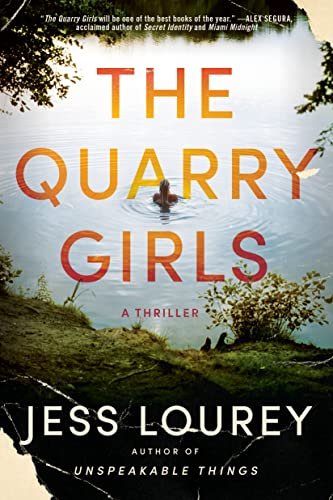“The Color Purple,” a groundbreaking novel by Alice Walker, and its cinematic adaptation, hold a unique place in the realm of literature and film.
With its unflinching exploration of themes like abuse, identity, and empowerment, this remarkable narrative has captivated audiences across mediums.
This article delves into both the novel and the movie, examining their shared essence while respecting the distinct experiences they offer.
| Title | the color purple |
| Author | Alice walker |
| Publisher | W&N (January 1, 2014) |
| Language | English |
| File Format | |
| Number of pages | |
| Customer Reviews | 4.6 out of 5 stars 23,522 Reviews |
see also – The Substitute Wife Novel Summary by Dallas Schulze
The Color Purple Novel Summary by Alice Walker
“The Color Purple” by Alice Walker is a powerful novel that follows the life of Celie, an African American woman in the early 20th century.
The story, communicated through Celie’s letters, reveals her heart-wrenching journey from abuse and oppression to self-discovery and empowerment.
Living in rural Georgia, Celie endures an abusive marriage to Mister, marked by emotional and physical torment.
Amidst her struggles, Celie forges deep connections with women like Sofia and Shug Avery, leading her to find her voice and embrace her identity.
Walker’s novel delves into themes of resilience, sisterhood, and personal growth.
Through Celie’s experiences, the narrative explores the strength of the human spirit in the face of adversity.
The story’s emotional depth resonates as Celie learns to reclaim her dignity and chart her own path to happiness.
“The Color Purple” is a testament to the transformative power of love, friendship, and the journey towards self-realization.
Walker’s poignant prose captures the essence of Celie’s evolution, creating a lasting impact that continues to inspire readers to confront their own struggles and triumph over them.
The Color Purple Movie
Steven Spielberg’s 1985 film adaptation of “The Color Purple” brings Walker’s story to life on the big screen.
The movie retains the essence of the novel while infusing it with visual and auditory elements that enhance the emotional impact.
Starring Whoopi Goldberg as Celie, the film translates the characters’ struggles and triumphs into a powerful visual narrative.
While the movie adaptation necessarily condenses the novel’s rich content, it preserves the core themes and emotional depth that have made the story so compelling.
The performances of the cast, the evocative cinematography, and the haunting musical score contribute to a cinematic experience that resonates with viewers on a profound level.
see also – The Defiant Mate Novel Summary by Jennifer Francis
The Color Purple Novel Summary by Alice Walker free online read
Both the novel and the movie “The Color Purple” emphasize universal themes that transcend time and medium.
Celie’s journey from a place of powerlessness to one of self-assurance is a testament to the strength of the human spirit.
Her evolution serves as an inspiration to anyone who has faced adversity.
FAQs
“The Color Purple” explores themes of resilience, empowerment, and self-discovery.
The novel features several significant characters, including Celie, the protagonist who writes letters documenting her experiences.
“The Color Purple” had a profound impact by addressing important social issues such as domestic violence, racism, and gender roles.
Conclusion
“The Color Purple” stands as a poignant example of how literature and cinema can intersect to create impactful narratives.
Alice Walker’s novel and Steven Spielberg’s film adaptation complement each other, offering audiences a chance to engage with Celie’s story in different yet equally moving ways.
Through Celie’s struggles and triumphs, the narrative underscores the significance of resilience, empowerment, and the enduring power of human connection.


